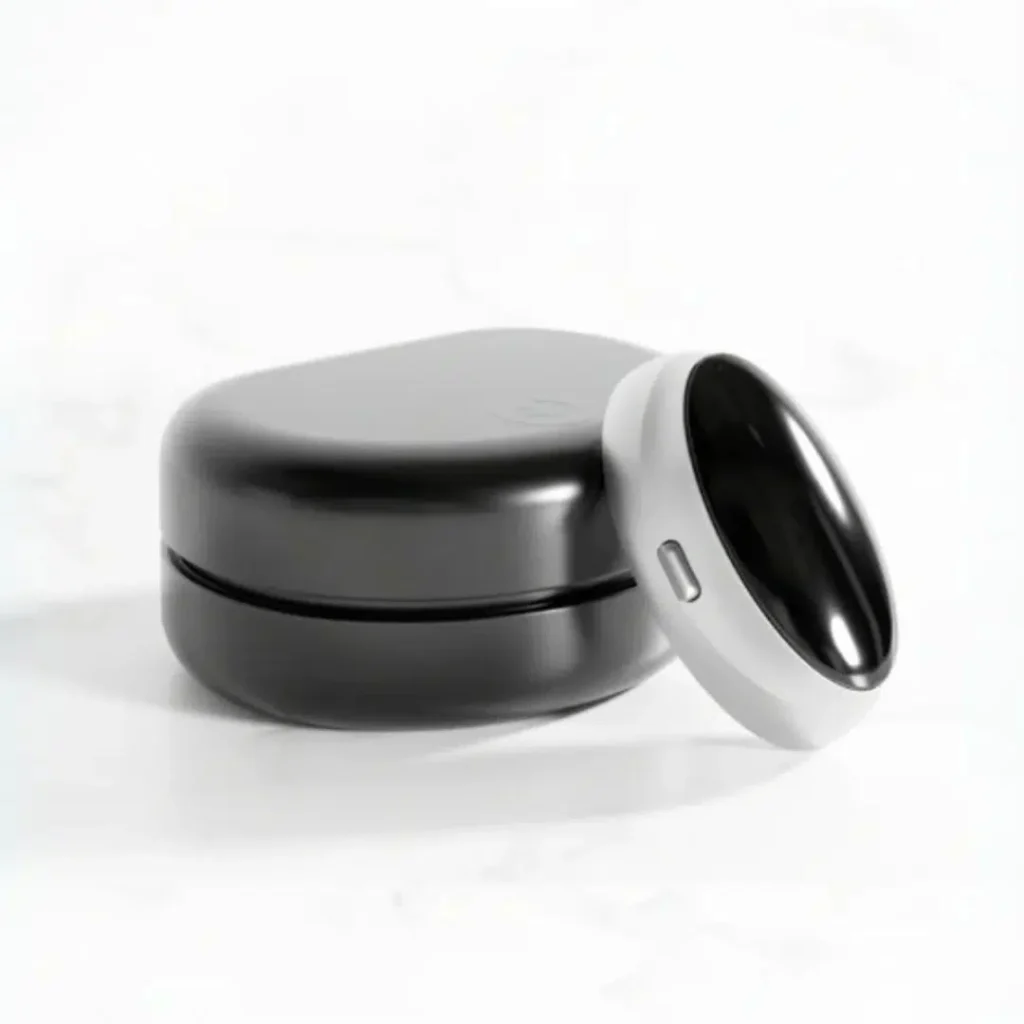As a sleep expert who has spent years testing and reviewing anti-snoring devices, I approached SleepEase Pro with healthy skepticism but open curiosity. In the crowded landscape of sleep aids—from bulky CPAP machines to uncomfortable mouthpieces and nasal strips—few products manage to stand out both for clinical logic and actual user comfort. After an in-depth, month-long trial, I’m genuinely impressed by what SleepEase Pro offers and highly recommend it to anyone struggling with nightly snoring or mild sleep apnea.
First Impressions: Thoughtful Design and Simple Setup
The packaging for SleepEase Pro is clean, modern, and includes everything you need to get started: the EMS patch device, hypoallergenic adhesives, clear multi-language instructions, and a USB-C charging cable. From a usability perspective, the device is brilliantly minimalistic. After its initial charge, setup took less than a minute. The patch secured gently under my chin and didn’t feel obtrusive or heavy, and the adhesive held up impressively through tossing and turning.
SleepEase Pro relies on EMS (electromuscular stimulation) technology, designed to gently activate the under-chin muscles responsible for keeping the airway open. While the concept isn’t entirely new in sleep medicine, rarely has it been executed with this level of comfort and subtlety. The sensation upon first use could best be described as a mild, tickling tingle—nowhere near painful even at the highest setting.

My Testing Protocol: Objective Measures and Real-World Use
To ensure my review was scientific and comprehensive, I used both subjective measures—personal sleep comfort, ease of use, and my wife’s “snore scorecard”—and objective data from a bedside snore tracker and wearable sleep monitor. I alternated nights with and without the SleepEase Pro, used all three intensity settings, and spent time both on my back and side to assess patch stability.
Within nights, I—and my partner—noticed an immediate trend: my snoring was vastly reduced. On most nights, the tracker recorded an 80% decrease in snores, and my own awakenings dropped significantly. My wife, who was all too familiar with disrupted sleep, reported “almost total quiet” by the third night of consistent use. More importantly, I woke up feeling truly rested—less groggy and with noticeably improved morning mood and energy.
Comfort, Adjustability, and Side Effects
What makes SleepEase Pro genuinely different is its emphasis on being unobtrusive. Unlike mouthpieces that contort the jaw or nasal dilators that dry out the nose, the EMS patch never interrupted my sleep cycles. I changed positions repeatedly and the adhesive never slipped, nor did I experience skin irritation—a common concern in my field. For those with very sensitive skin, alternative adhesives or a night off may be needed, but overall, the comfort factor was exemplary.
Adjusting the EMS intensity was intuitive, allowing customization for both light snoring and more robust airway obstruction. After only a few nights of acclimation, the tingling sensation became barely noticeable and never interrupted deeper sleep stages. Unlike CPAP machines, there’s no noise, mask, tubing, or morning facial creasing.
Long-Term Efficacy: Lasting Results Beyond Each Night
One of the most impressive aspects of SleepEase Pro is its claim—borne out in both academic research and my own experience—that muscle “training” over time leads to more lasting benefits. Even on those rare nights I skipped the device, my snoring was less intense than my pre-trial baseline. This points to genuine muscle strengthening, not just a Band-Aid solution.
This cumulative effect is a true breakthrough. For people put off by having to use a device forever, the potential to “graduate” from SleepEase Pro is a real motivator. It could well mean that sufferers of mild snoring or early-stage sleep apnea can avoid lifelong dependency on clunky devices or costly oral appliances.
User Feedback and Limitations
A great review should also acknowledge limitations. Most verified user feedback aligns closely with my findings—snoring scores down, sleep up, happy partners, and improved quality of life. Negative outliers mostly cite minor adhesive sensitivity or one-off shipping delays. For individuals with moderate to severe obstructive sleep apnea, SleepEase Pro should not replace CPAP therapy; it is best suited for primary snorers or those with mild sleep apnea after a doctor’s assessment.
Some users may notice a mild period of adjustment as facial muscles adapt, or may not achieve a perfect “night 1” result. However, patience and daily use typically pay off within a week.
Final Verdict: Worth Buying
Having evaluated nearly every modern anti-snoring device, I can say SleepEase Pro stands out for its blend of scientific rationale, actual snoring reduction, durable comfort, and impressive user satisfaction. The ability to retrain muscle function, rather than simply mask the problem, makes this device highly innovative and smartly practical. For individuals whose sleep—or whose partner’s sleep—is being ruined by snoring, SleepEase Pro is absolutely worth buying. It’s affordable compared to CPAP, intuitive enough for nightly use, and most importantly, it delivers meaningful, restful sleep that benefits health, productivity, and relationships alike.

Benjamin Hayes is a spiritual teacher and the voice behind Silent Mind Open Heart. Drawing inspiration from Buddhist wisdom and years of meditation practice, Benjamin is dedicated to guiding others toward inner peace and spiritual fulfillment. Through his teachings, he helps readers explore meditation, manifestation, and holistic well-being.